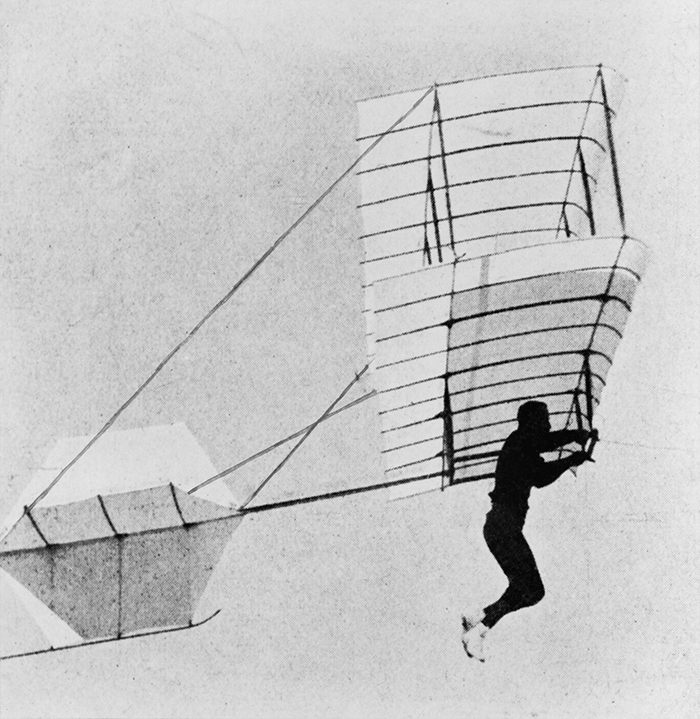Chanute, Octave << shuh NOOT, ok TAYV >> (1832-1910), an American civil engineer , became famous as a scientific student of gliding . He was an early supporter of the Wright brothers , the inventors of the airplane . Chanute began studying aerodynamics in his late 30’s, but he did not build and fly a glider until after he was 60.

Chanute was born in Paris, France, on Feb. 18, 1832. He came to the United States with his family at age six. He worked for many years as an engineer in the railroad industry. His experience designing structures helped him create some of the lightest and strongest airframes of his day. The airframe of a glider or airplane includes the craft’s wing, tail, and fuselage (body). Chanute built complex gliders with multiple wings. He also built a biplane (dual wing) glider with a strut-and-wire construction. This glider strongly influenced the Wright brothers’ design of their airplane.
Chanute maintained communications with an international network of individuals interested in the problem of heavier-than-air flight. He collected information and began publishing a series of articles in a railroad journal. Those articles were later published in 1894 as a book, Progress in Flying Machines. It was one of the first books the Wright brothers read when they began their work. Chanute and the Wright brothers wrote each other often, and Chanute encouraged the inventors. Chanute died on Nov. 23, 1910.
